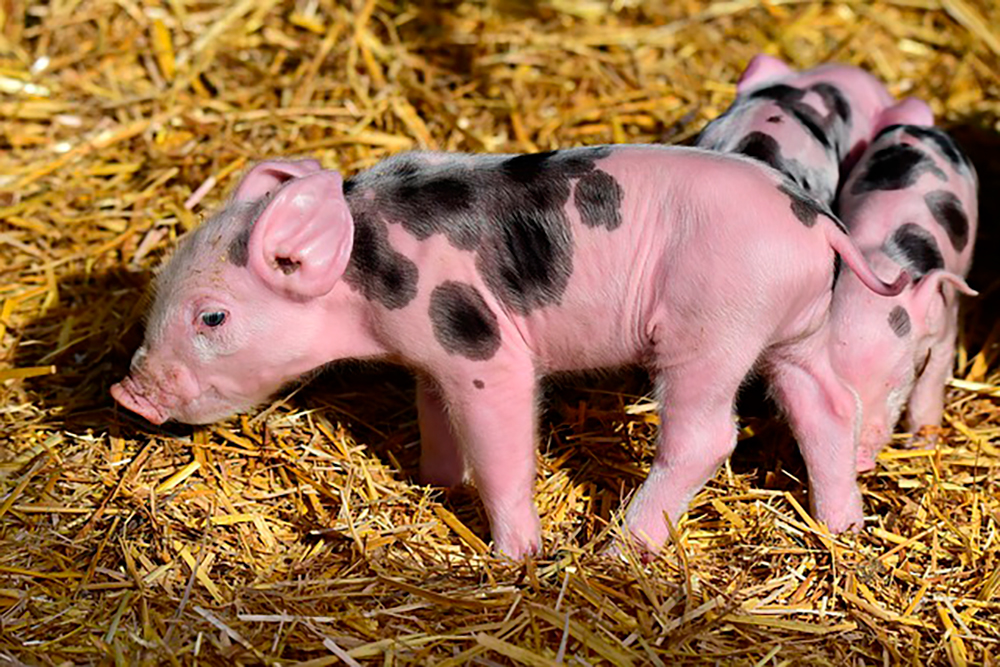
I think everybodys just a little bit on edge, Arthur says. I do think people are too scared to try anything. The ball is being checked numerous times in any game.
Every couple of overs the ball goes to the umpire and he has a look at it. I would like to see reverse swing back in the game without a doubt.
Since Cape Town, two players have been sanctioned by the International Cricket Council for ball tampering – Sri Lankas Dinesh Chandimal and the West Indies Nicholas Pooran.
The game can do without another ball tampering scandal but an unintended consequence is the dearth, or perhaps death, of reverse swing.
In a sport where nearly every initiative – covered pitches, bigger bats, shorter boundaries – has benefited the batters, it has robbed bowlers of one of their most feared, and entertaining, weapons.
I think reverse swing is an incredible art, Arthur says. When a bowler gets it to go its an incredibly good skill.
Obviously, were talking about getting the ball to go legally. Its amazing to watch. Theres no better sight than when a fast bowler is running in and getting the ball to reverse at good pace.
The reduced occurrence of reverse swing has not had as dramatic an effect on the worlds best bowlers as one would think.
Pat Cummins and Josh Hazlewood have lower averages in the three years since the Cape Town Test compared to the three years prior. Ditto James Anderson and Stuart Broad. Mitchell Starcs (25.42 to 26.06) is only marginally worse.
South African Kagiso Rabadas average and strike rate (21.56 to 27.43, 38.9 to 48), though still world class, have declined more noticeably since the increased focus on ball tampering.
So is reverse swing dead? Months after the seismic events at Cape Town, the International Cricket Council imposed harsher sanctions, lifting the maximum penalty to a six-Test suspension.
Any player today considering sharp practice will be conducting a different cost-benefit analysis to the time when Smith was banned for one Test.
The pandemic has also had its effect, with players not allowed to apply saliva to the ball.
I wouldnt say its the death of reverse swing but its in a bear market, former swing king Damien Fleming said. We wont see anything as much as previously.
Arthur, a member of the ICCs Cricket Committee, would like to see the games governing body legalise certain ball management practices, such as throwing the ball on the bounce to the wicketkeeper.
You cant be using sandpaper or a bottle top, and scratching it with nails is taking it too far, Arthur says.
Sometimes you get lucky when a ball hits an advertising board and a little piece comes out on the one side.
The point Im trying to say is ball management should be really encouraged provided youre swimming between the beacons. I dont mind if you get close to the one beacon but you have to swim between them.
Fleming is another who supports the legalising of the throw on the bounce. When the COVID restrictions eased, he would also allow players to apply saliva while chewing gum.
When you put the mint on the ball and circle it around the shiny side – to me thats like sandpaper, Fleming says. Thats one that needs to be policed. You can have chewing gums and not mints. I can handle chewies, they dont seem to lacquer it up like mints do.
Curators have also been urged to create more abrasive surfaces to allow the ball to be more readily scuffed. Last month, Arthurs Sri Lanka played in a bore draw on a lush outfield at Kandy where his side made 8/648 in reply to Bangladeshs 7/541.
Arthur fears for the future of reverse swing.
The minute the ball reverse-swings the batting team moans and the umpires check the ball and change it, Arthur says. Thats how the game has gone.
Players are very reluctant to work the ball legally. There has been a big drop off. I think the games worse for it.

 Subscribe to The Daily Telegraph to get unrestricted digital access, home paper delivery, Apps for iPad and Android, member only +Rewards and much more…
Subscribe to The Daily Telegraph to get unrestricted digital access, home paper delivery, Apps for iPad and Android, member only +Rewards and much more…  Do you compost or buy second hand?
Do you compost or buy second hand?  The Newsreader review: Exhilirating Australian prestige drama
The Newsreader review: Exhilirating Australian prestige drama 


